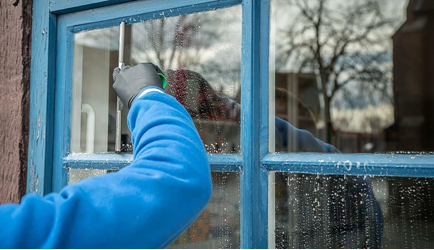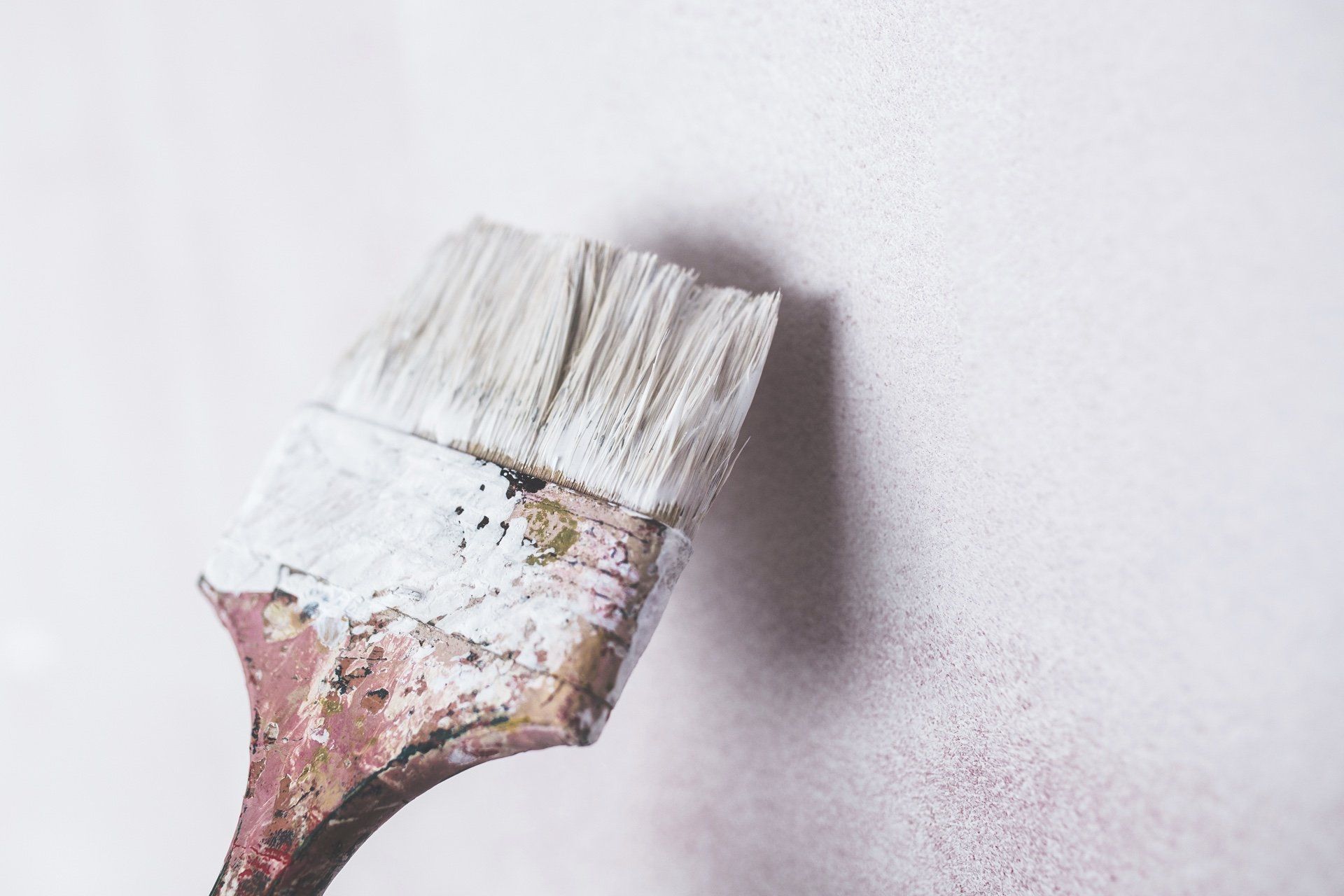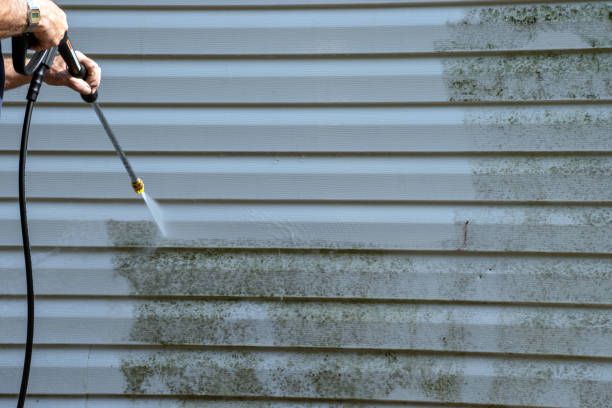Indoor mold can be a health hazard. It can cause breathing problems and destroy parts of a home. But what about outdoor mold? How much do you know about it? The problems it poses are very different but still dangerous and destructive in their own way. A good way to deal with it is through power washing.
How Does Mold Grow Outside?
Mold and mildew will grow in a variety of conditions. It's not just dark, wet corners that can grow it either. It can grow on concrete or any other surface. It can even grow in areas that get some sun. It just needs an anchor of growth and enough wet conditions to let it spread.
This mold and mildew can utterly ruin surfaces and poses its own health problems. It's not as dangerous as being stuck indoors with a mold situation, but you will breathe it and track it in regularly.
Mold and mildew feed on dust, sugar aerosols produced by plants, organic detritus, and various minerals. That's not even a complete list, but it covers a number of food sources that can be found on patios, paths, and walkways.
It still needs water, so what happens if you keep the area dry? Well, are you sure it's dry throughout the day? An area that gets morning dew or light mist accumulating on it has enough water to feed mold and mildew growth. That area can appear dry again by noon, but that doesn't mean it's dry 24-7.
It doesn't take long for mold or mildew to grow, either. Within 48 hours of having a food source, it can start to grow in a partially shaded area.
Power Washing Mold and its Food Sources
This is where power washing comes in. Power washing blasts concentrated amounts of water at a surface. This clears the surface not just of mold and mildew, but of the foods that lead to mold and mildew growth.
Winter and spring often lead to a build-up of organic debris. Materials that get stuck against a surface before winter and ground into it. Spring storms may wash away some of it, but you've probably seen all types of organic litter post-storm: petals, leaves, twigs, seeds, sticks. Storms spread a lot of the foods that mold and mildew rely on to grow and, of course, they deliver a ton of moisture.
Power washing delivers water at a stronger pressure than a storm does. It's also not cutting through the trees, bushes, and flowers. You aim it at the ground a few inches away. It can be destructive if not finely tuned, so it's best to have it professionally done. Different psi (pounds-per-square-inch) settings are appropriate for different surfaces and can clean them without causing damage.
An Efficient Clean
This eliminates the organic detritus and food sources that mold and mildew rely upon. It eliminates mold and mildew that may be feeding on them. As a bonus, it even clears away ground in dirt and grit that you wouldn't be able to clean in any other way. Often, people are shocked that the gray sidewalk they just power washed is actually white in color. They were so used to it being that dirty that they'd just assumed that was its color.
Power washing can be used to wash mold, mildew, and their food sources off most surfaces. The key is adjusting the pressure precisely for each surface. Concrete surfaces are obviously made to withstand quite a bit, where a wooden deck would require a much lower setting.
Again, this is why these matters are best handled professionally. Every power washer is different, and types of wood, stone, concrete and other materials have different hardnesses and durability. Experience in power washing is needed to ensure you get the best and most long-lasting result.
How to Treat Surfaces After a Power Wash
After a power washing, you might wish to treat some surfaces with a copper sulfate solution to prevent future mold and mildew growth. Make sure to do this after an area is cleared, as this prevents future mold growth but won't really solve a current mold problem.
A diluted copper sulfate solution can protect concrete and cement. Wait for it to absorb and then dry before walking on it. You don't to track it into your home or for pets to end up getting on their feet. There are copper sulfate solutions for wood, but you'll want to be precise with these. Other treatments may be preferable here.
Again, make sure you don't just treat surfaces when they're still dirty or have mold or organic debris ground in. Power wash first, then treat.
If you are in need of expert pressure and power washing services in South Jersey, send us an estimate request or call Melo Powerwashing & Painting today!
This is a quote for you new post. To change it, simply click and start typing.
John Doe
This is a text area for this paragraph. To change it, simply click and start typing. After adding your content, you can customize it.





